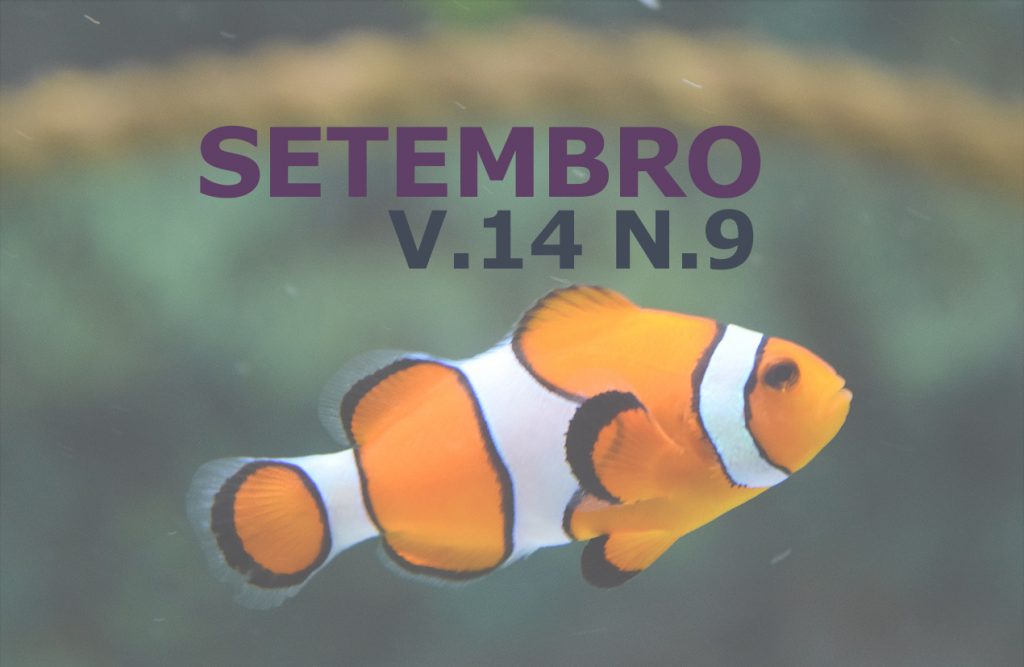Determination of cTSH plasmatic concentration in diagnosis of primary hypothyroidism in dogs: case report
DOI:
https://doi.org/10.31533/pubvet.v14n8a646.1-5Keywords:
canine hypothyroidism, endocrinopathy, thyroxineAbstract
Primary hypothyroidism in dogs presents nonspecific and systemic clinical signs, which precludes diagnosis only through clinical examination, blood count and routine serum biochemistry. Thus, thyroid function tests, together with clinical signs, should be performed for the definitive diagnosis of this endocrinopathy. Four dogs, one male and three females, aged 4 to 10 years, with clinical signs suggestive of hypothyroidism were evaluated for free T4 (fT4) and canine TSH (cTSH) plasma concentrations. In all dogs diagnosed with primary hypothyroidism, an increase was observed. cTSH concentration and free T4 decrease. As they were treated with sodium levothyroxine, there was an improvement in the reevaluation of TSH and fT4 parameters. Blood count and serum biochemistry were performed to help to rule out comorbidities and diseased euthyroid. Definitive diagnosis and follow-up of primary hypothyroidism treatment should be based on determinations of fT4 and cTSH plasma concentrations. It is recommended to rule out the sick euthyroid condition for successful hormone replacement therapy.
Downloads
Published
Issue
Section
License
Copyright (c) 2020 Thalita de Freitas Durval, Renata Novais Mencalha, Fabrício Nascimento Gaudêncio

This work is licensed under a Creative Commons Attribution 4.0 International License.
Você tem o direito de:
Compartilhar — copiar e redistribuir o material em qualquer suporte ou formato
Adaptar — remixar, transformar, e criar a partir do material para qualquer fim, mesmo que comercial.
O licenciante não pode revogar estes direitos desde que você respeite os termos da licença. De acordo com os termos seguintes:
Atribuição
— Você deve dar o crédito apropriado, prover um link para a licença e indicar se mudanças foram feitas. Você deve fazê-lo em qualquer circunstância razoável, mas de nenhuma maneira que sugira que o licenciante apoia você ou o seu uso. Sem restrições adicionais
— Você não pode aplicar termos jurídicos ou medidas de caráter tecnológico que restrinjam legalmente outros de fazerem algo que a licença permita.





